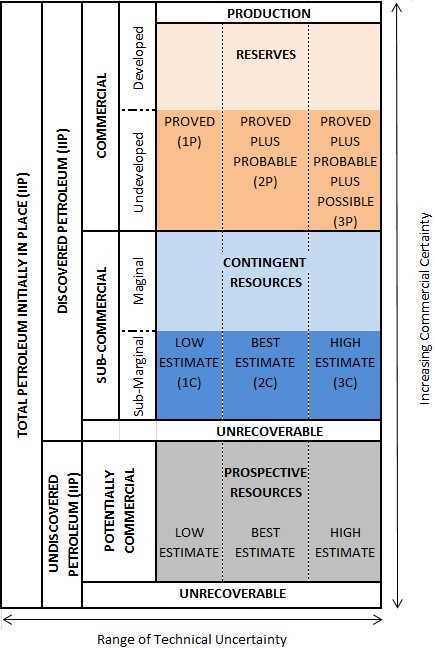What Are Oil Reserves?
Oil reserves refer to the amount of oil that is estimated to be economically recoverable from known oil fields under existing economic and operating conditions. These reserves are typically measured in barrels (bbl) or metric tons (mt) and are a key indicator of a country’s energy security and economic potential.
Oil reserves are classified into different categories based on their level of certainty and accessibility. The most commonly used classification system is the Society of Petroleum Engineers (SPE) classification, which includes proven reserves, probable reserves, and possible reserves.
Proven reserves are those reserves that have a high degree of certainty of being recoverable based on geological and engineering data. These reserves have been drilled and tested, and their existence and size have been confirmed.
Probable reserves are those reserves that are less certain than proven reserves but still have a reasonable chance of being recoverable. These reserves are typically based on geological and engineering data from nearby wells or similar fields.
Possible reserves are those reserves that have a lower degree of certainty and are considered to be speculative. These reserves are based on limited data and are often located in unexplored or frontier areas.
Oil reserves play a crucial role in determining a country’s energy security and economic potential. They provide a valuable source of revenue through oil production and exports, and they also contribute to job creation and economic development. However, the estimation and classification of oil reserves are complex processes that require extensive geological and engineering studies.
Estimation of Oil Reserves

Estimating oil reserves is a complex process that involves analyzing geological data, conducting exploratory drilling, and using mathematical models. The goal is to determine the amount of oil that can be economically extracted from a given reservoir.
1. Geological Data Analysis
The first step in estimating oil reserves is to analyze geological data. This includes studying rock formations, sedimentary layers, and other geological features that may indicate the presence of oil. Geologists use various techniques, such as seismic imaging and well log analysis, to gather this data.
2. Exploratory Drilling
Once the geological data has been analyzed, exploratory drilling is conducted to confirm the presence of oil. This involves drilling test wells in strategic locations to collect rock samples and measure the pressure and temperature of the reservoir. The data obtained from these wells helps geologists determine the size and quality of the oil reservoir.
3. Mathematical Models
The most commonly used mathematical model for estimating oil reserves is the volumetric method. This method calculates the volume of oil in place by multiplying the area of the reservoir by its average thickness and the oil saturation. However, this method has limitations and may not be accurate in complex reservoirs.
Data and Illustrations of Oil Reserves
Data
Data on oil reserves includes information about the quantity, quality, and accessibility of oil deposits. This data is collected through various methods, such as geological surveys, seismic imaging, and drilling. It is then compiled and analyzed to estimate the size and potential of oil reserves in different regions.
The data on oil reserves is typically categorized into different types, including proven reserves, probable reserves, and possible reserves. Proven reserves are those that have been discovered and can be extracted with a high degree of certainty. Probable reserves are those that are likely to exist based on geological evidence but have not yet been fully explored. Possible reserves are those that are speculated to exist but have limited supporting data.
In addition to the quantity and quality of oil reserves, data also includes information about the location and accessibility of these reserves. This information is crucial for planning and decision-making in the oil industry, as it helps determine the feasibility and cost-effectiveness of extracting oil from different regions.
Illustrations
Illustrations, such as maps, charts, and graphs, are used to visually represent data on oil reserves. They provide a clear and concise way to understand complex information and trends. Illustrations can show the distribution of oil reserves across different countries, regions, or geological formations. They can also illustrate the changes in oil reserves over time, allowing for comparisons and analysis.
By studying these illustrations, experts can identify patterns, trends, and potential opportunities in the oil industry. They can also assess the risks and challenges associated with different oil reserves, helping to inform decision-making and strategic planning.

Emily Bibb simplifies finance through bestselling books and articles, bridging complex concepts for everyday understanding. Engaging audiences via social media, she shares insights for financial success. Active in seminars and philanthropy, Bibb aims to create a more financially informed society, driven by her passion for empowering others.
